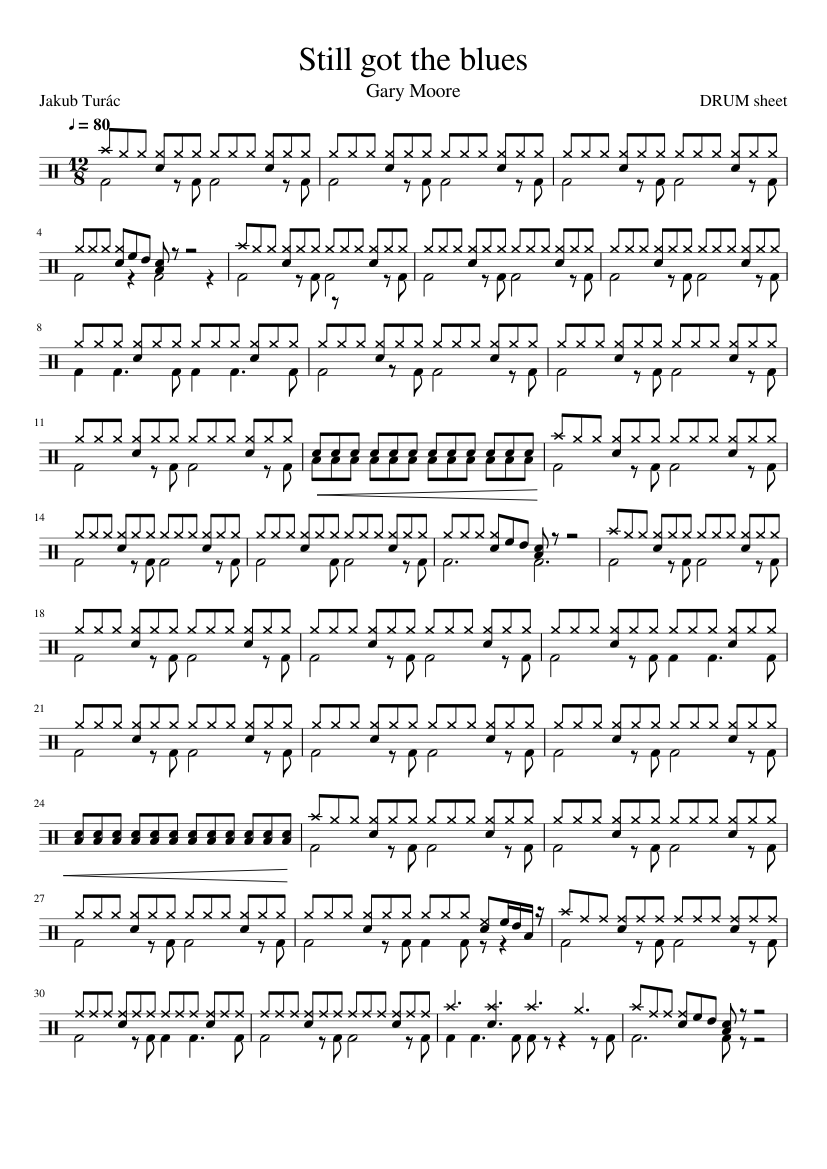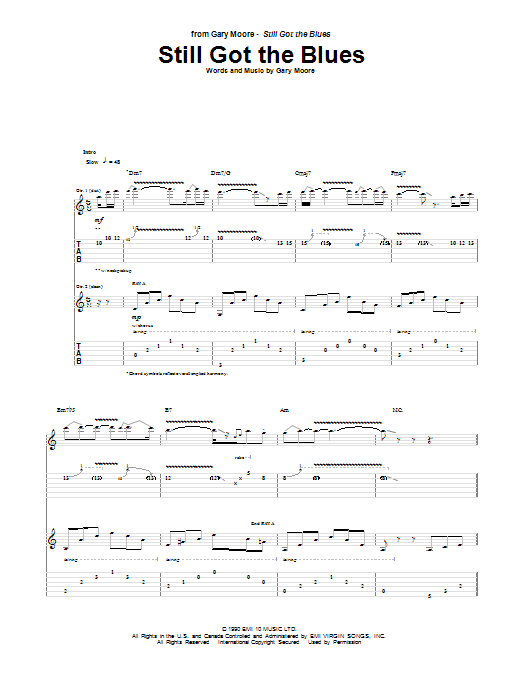


Tom Parker, Elvis gained national exposure performing on The Steve Allen Show and The Ed Sullivan Showwhich cropped Elvis from the waist up on camera. Elvis met Sam Phillips at Sun Studios in 1953 when he came to record two songs for his mother’s belated birthday present. He explored all kinds of music, listening and learning from acts playing the Ellis Auditorium to Beale Street.

She performed until shortly before her death in October 1984.īorn in Tupelo, Elvis Aaron Presley moved with his parents to Memphis in 1948. The gig served as a major comeback for Hunter and caught the attention of Columbia Records. In 1978, after retiring from the hospital, Hunter agreed to a two-week gig at the Greenwich Village Club. Hunter was working at a New York hospital in 1961 when a record producer approached her about taking a break from nursing to record again. After her mother’s death in 1954, Hunter sought a career change which led her to the medical profession. She wrote several songs including the critically acclaimed “Downhearted Blues.” In 1928, Hunter played Queenie in the first London production of Show Boat. Her career skyrocketed in the 1920s as she made regular appearances in clubs and on stage in musicals in New York, Paris, and London. Hunter got her first break in 1917 when she landed a five-year association with the Dreamland ballroom. Withers worked in a studio on Beale Street until his death in 2007 and left behind a legacy which can be found in museum collections and also in books including Let Us March On, Pictures Tell the Story, The Memphis Blues Again, and Negro League Baseball.Īlberta Hunter was born in 1895 in Memphis but left for Chicago as a teenager where she peeled potatoes and worked hard to get her foot in the door with local club owners. King, Ike and Tina Turner, Ray Charles, and Aretha Franklin. Among the wide array of people he shot during his career, standouts include baseball players Jackie Robinson and Willie Mays along with music legends Elvis Presley, B.B. Photographer Ernest Withers captured iconic images of the civil rights movement on film, thereby becoming a strong influence in the struggle himself. He began writing for Living Blues and Rolling Stone and later published a number of books including Feel Like Going Home, Lost Highway, Nighthawk Blues, and Sweet Soul Music. He went on to write a two-volume biography of Elvis Presley in the 90s and also the script for ABC’s documentary, Sam Phillips: The Man Who Invented Rock ‘n’ Roll. With a degree in creative writing from Boston University, Peter Guralnick began writing about music, focusing on the profiles of bands and musicians as much or more so than the genre of music they played. Below are brief biographies which offer a glimpse into the lives of the musicians, composers, disc jockeys, promoters, and music supporters who are celebrated in the concrete sidewalks along Beale Street. John Elkington’s idea with the Beale Street Brass Note Walk of Fame was to offer a tangible embodiment of the many talented people who had put Memphis music and Beale Street on the world map. The key to successful redevelopmentwas envisioning a new incarnation with both amenities and attractions and connections to the proud past.

The earliest, failed efforts at redeveloping Beale gave every reason to believe it was gone forever. Not only buildings were gone, but also a sense of place and of pride. The photo sums up the sense of utter despondence in the community over the ravages of the urban renewal program on Beale Street. Williams standing in front of the rubble which was once the Palace Theater. On the page facing chapter one of Beale Black & Blue is a 1973 photo of Nat D.


 0 kommentar(er)
0 kommentar(er)
